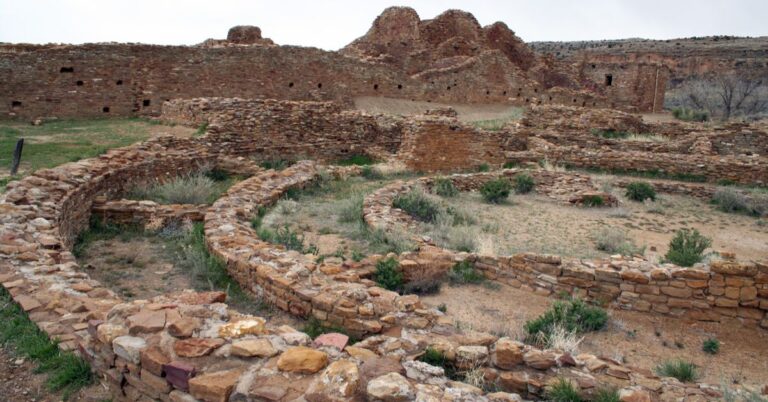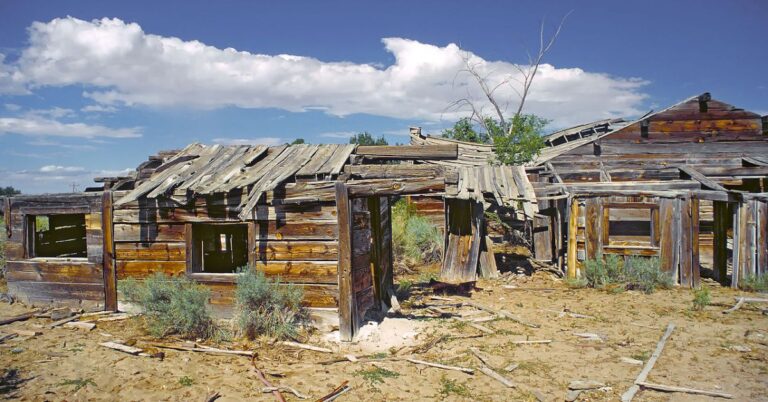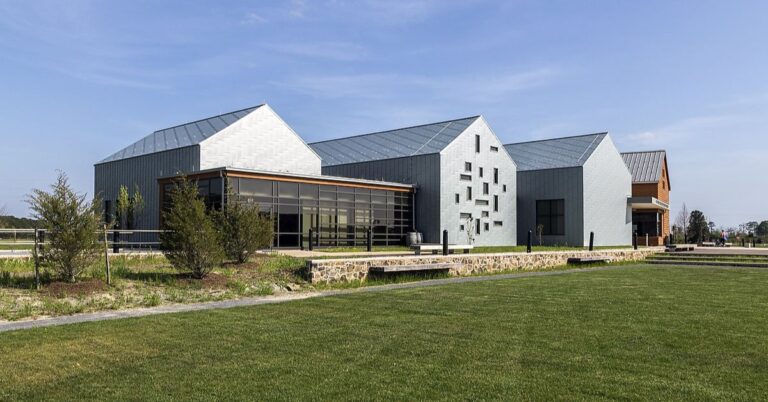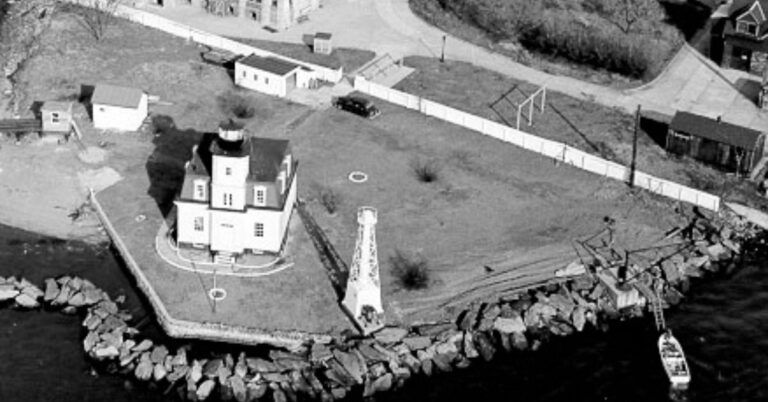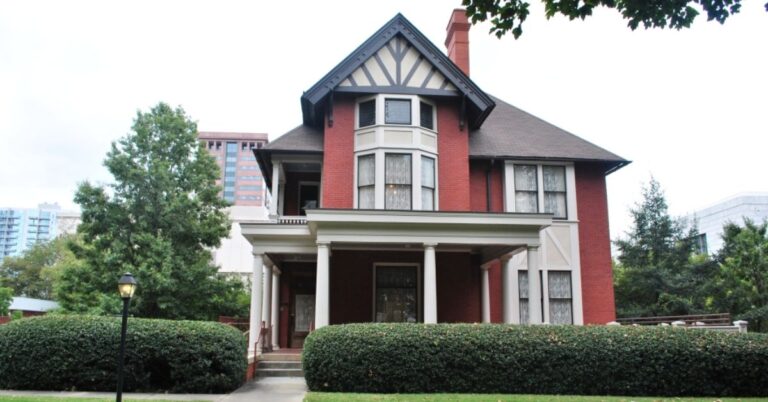When America Was Young, These 15 Ranches Were King
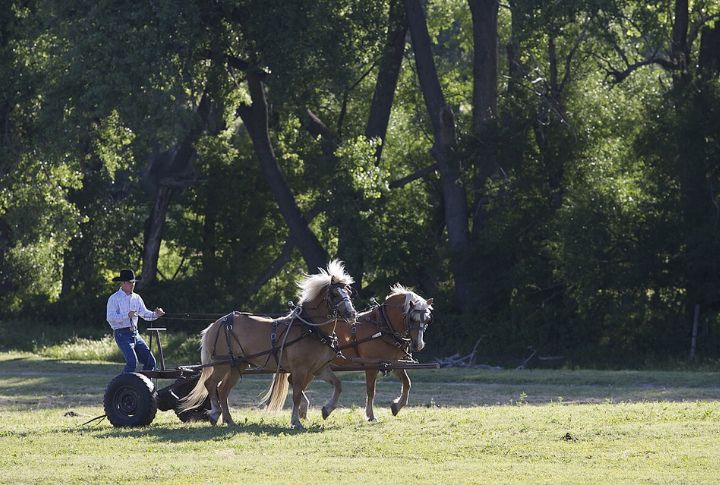
The Old West was rough, and these ranches didn’t care who approved. Romance had nothing to do with it. It was all land and control. What follows is a straight shot through the raw, real stories of outfits that knew exactly how to own the land.
King Ranch, Texas
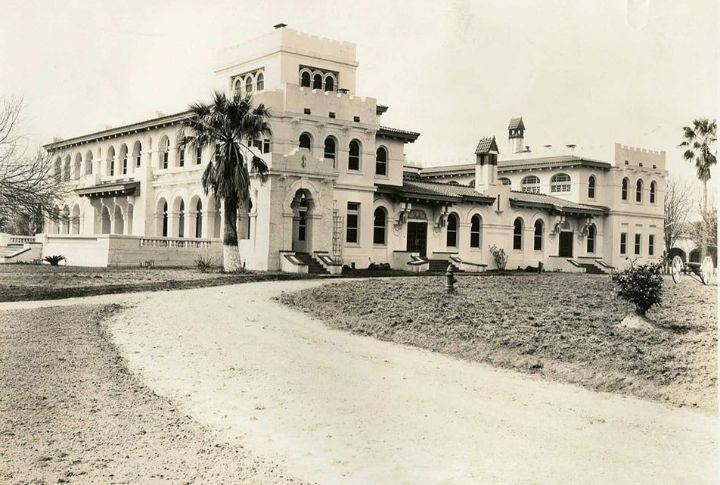
Founded in 1853 by Richard King, this South Texas giant redefined scale. It eventually spanned over 800,000 acres to establish a legacy in cattle breeding and horsemanship. King Ranch set the tone for ranching empires by blending innovation and an unapologetic command of the land.
Grant-Kohrs Ranch, Montana
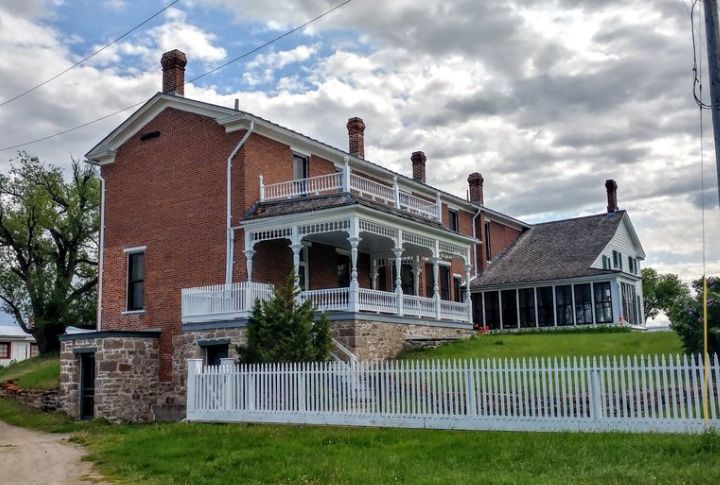
This National Historic Site preserves the soul of the open range era. Once a working cattle empire under Conrad Kohrs, the ranch symbolizes the cowboy’s rise in American lore. Today, it echoes with authenticity by offering a glimpse into the daily life of 19th-century ranchers.
JA Ranch, Texas
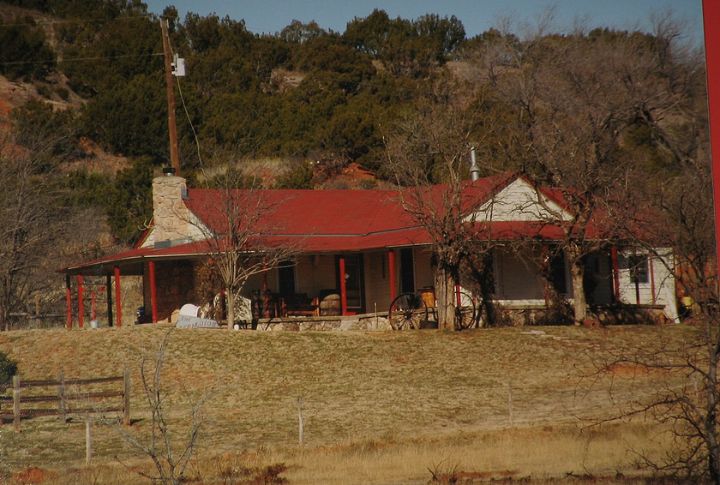
Charles Goodnight and John Adair carved this ranch from the rugged Texas Panhandle in 1876. It went beyond cattle; it was about partnership and adapting to brutal terrain. The JA Ranch became a blueprint for operating in the heart of Comanche country.
Matador Ranch, Texas
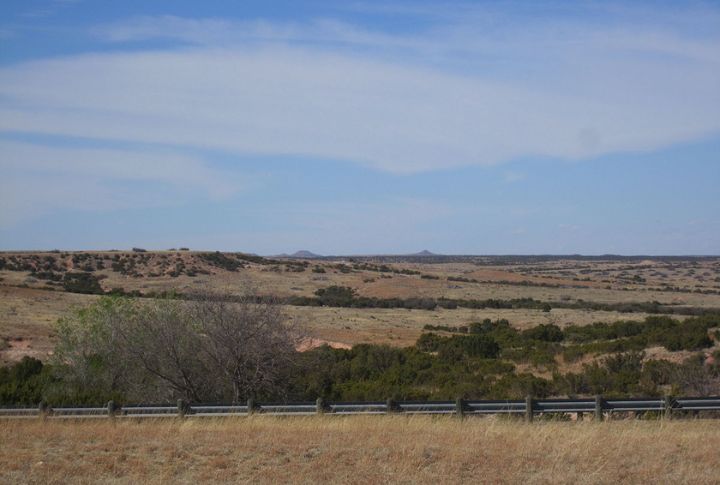
When Scottish investors backed this operation in 1882, it became a transatlantic experiment in cattle capitalism. Located in the Caprock region, the ranch thrived under cowboy expertise and foreign funding. Its success proved that ranching, like gold, could lure fortunes across oceans.
Vermejo Park Ranch, New Mexico
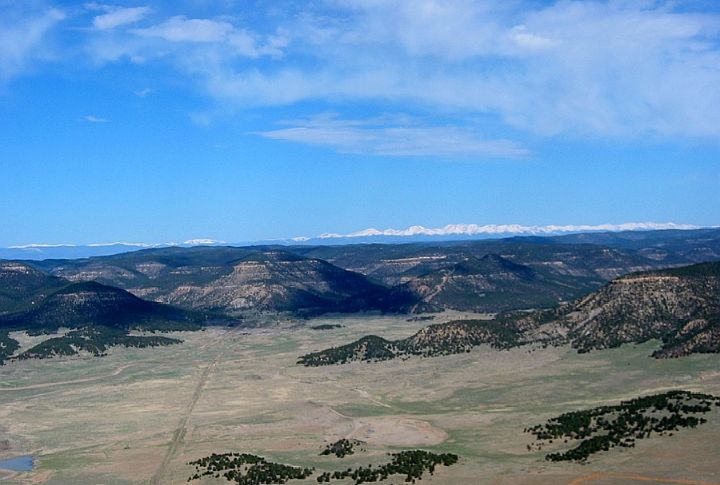
Originally a railroad land grant, Vermejo passed through tycoons before Ted Turner turned it into a conservation icon. With vast mountain ranges and big game herds, its legacy is layered. From extractive wealth to ecological restoration, it reflects the many faces of Western ambition.
XIT Ranch, Texas
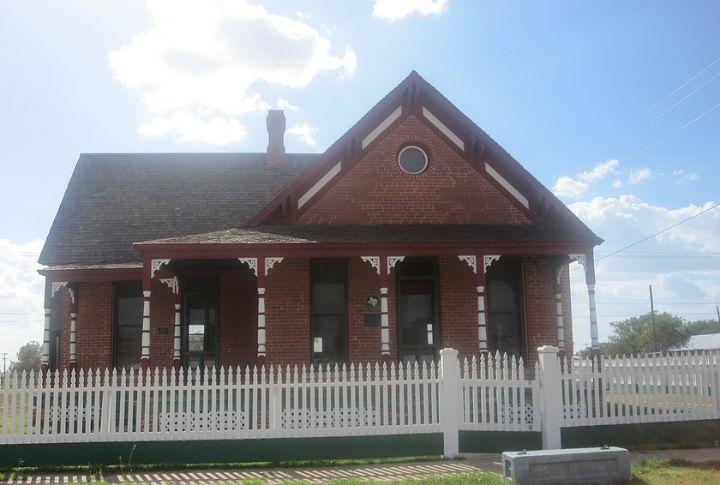
Built on a land deal tied to the Texas State Capitol, XIT Ranch wasn’t small-scale anything. At nearly three million acres, it became the largest fenced ranch in the world. Cowboys worked in shifts to brand and trail herds across a big land that swallowed whole counties.
Waggoner Ranch, Texas
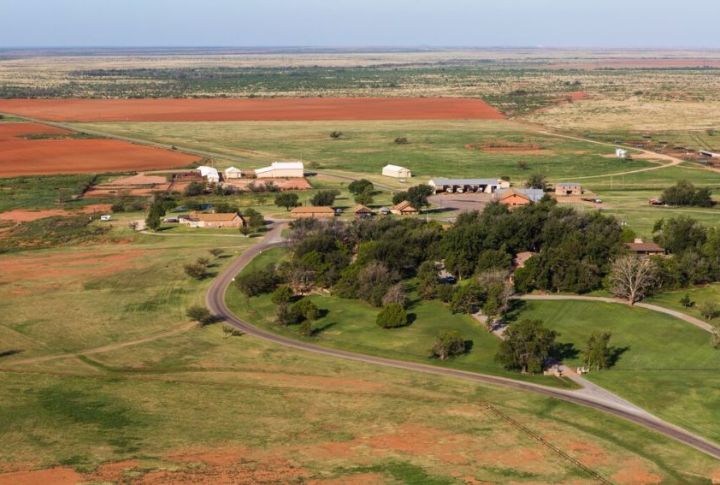
The Waggoner spread started in 1849 and ballooned into a multi-generational ranching empire. Oil came later, but cattle always stayed central. Family feuds didn’t slow it down, either. This was a kingdom with horses and enough land to redraw maps.
Bell Ranch, New Mexico
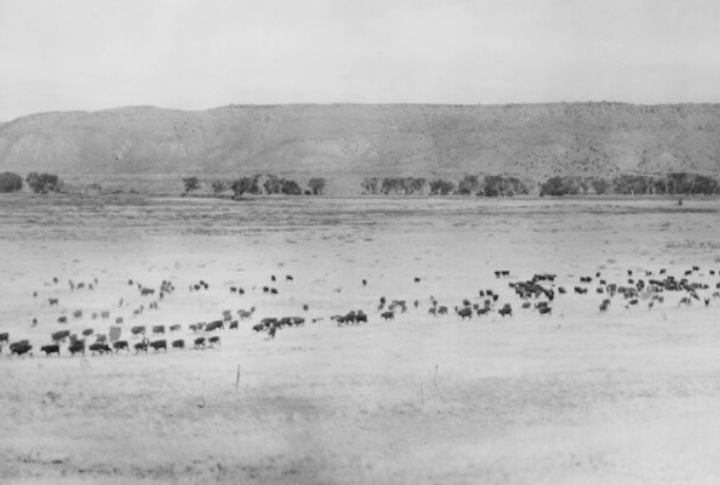
With strong herds and serious range management, Bell built a legacy without needing the spotlight. The rimrock canyons and sweeping plains gave it a cinematic presence, but this place was all business. Bell Ranch made its mark with one of the West’s most recognizable brands.
Pitchfork Ranch, Texas
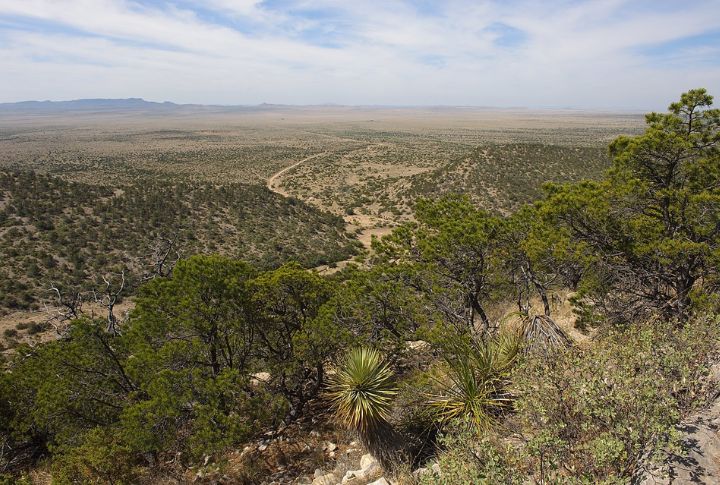
Founded in 1883, the Pitchfork Ranch stayed private and proudly Texan through market crashes and every cowboy fashion phase. Its land held firm across the South Plains. The Pitchfork Ranch worked quietly and outlasted everyone, making it impossible to ignore.
Spade Ranch, Nebraska
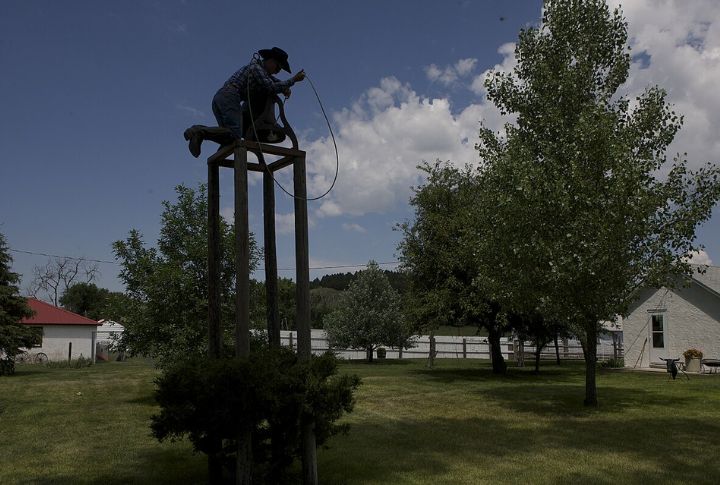
Spade Ranch was backed by Eastern capital and held together by prairie grit. It became a proving ground for barbed wire and large-scale ranching innovation. The open range days ended, but Spade showed how fencing in the land didn’t mean fencing out ambition.
Bosque Ranch, Arizona
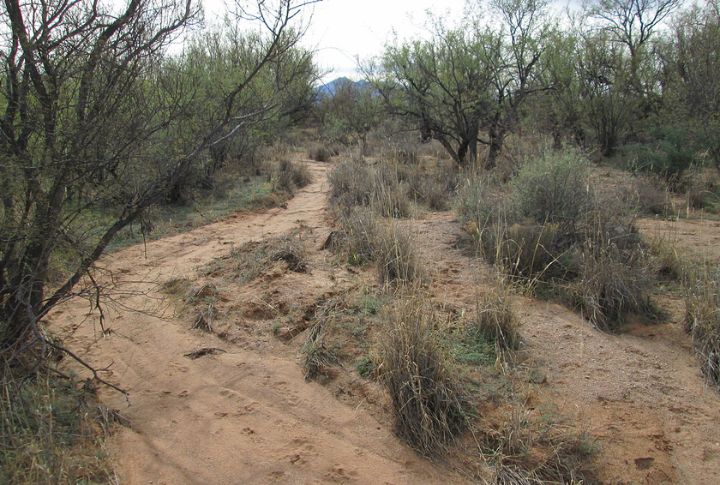
The land was dry and unforgiving. So were the people who managed to make something out of it. Bosque Ranch sat in a land where treaties were shaky, and tensions ran high. Apache raids were a fact of life. Ranching here meant endurance.
Rocking R Ranch, Utah
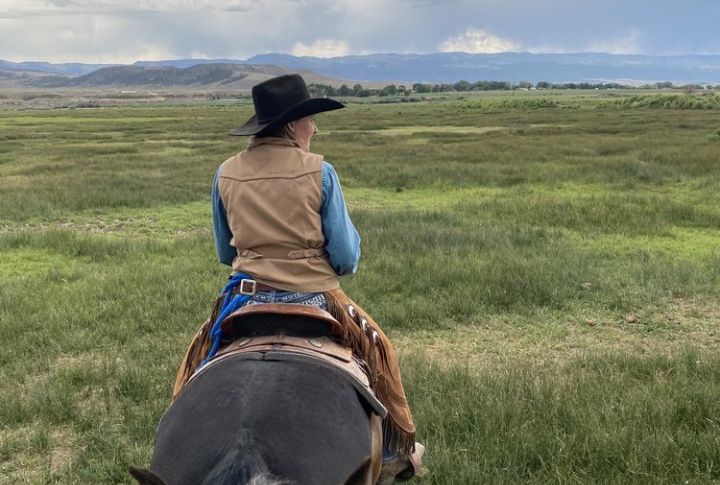
No glamor, just grit. Rocking R was a remote operation that made cattle work look like combat. Feed was scarce, and help was hours away. Yet somehow, the ranch held firm. It was a survival story, told in livestock and stubborn resolve.
Montoya Ranch, Colorado
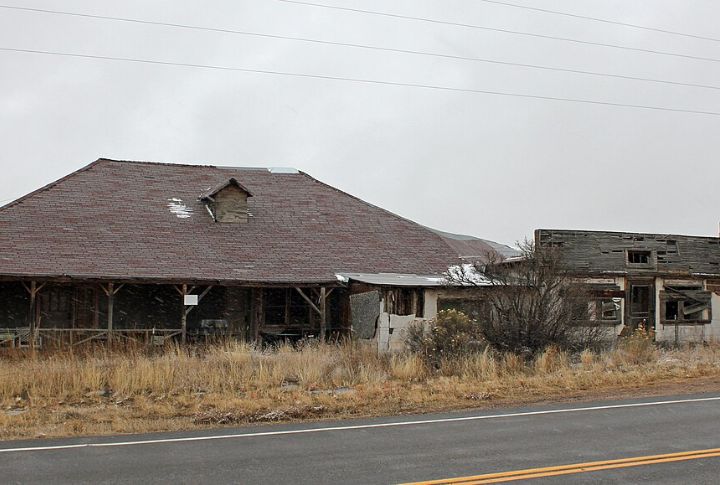
Built by a New Mexican family with a deep Spanish heritage, Montoya Ranch stood out for its adobe fortress and sheer longevity. The architecture was essential to staying alive. A rare blend of frontier utility and cultural memory, the ranch refused to fade quietly into history.
Circle Ranch, Wyoming

Circle Ranch operated where cattle drives and rail lines intersected. That meant chaos and sometimes outright theft. The timing was everything. Cowboys here had to balance schedules with stampedes. This was where the cattle boom got organized and where logistics became important.
Hashknife Ranch, Arizona
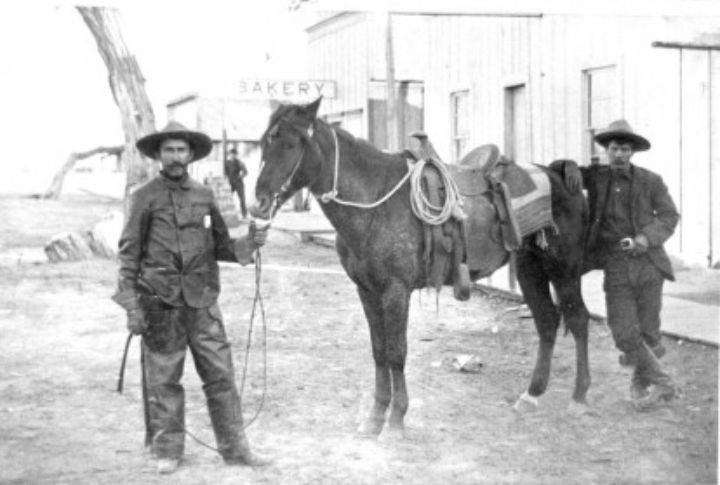
With ties to the Aztec Land & Cattle Company, Hashknife was infamous for rustling and unpredictable loyalty. The rumors stuck, and so did the brand. It didn’t ask to be liked. Lawmen came and went. Manners weren’t part of the package—fear and reputation did the talking.

